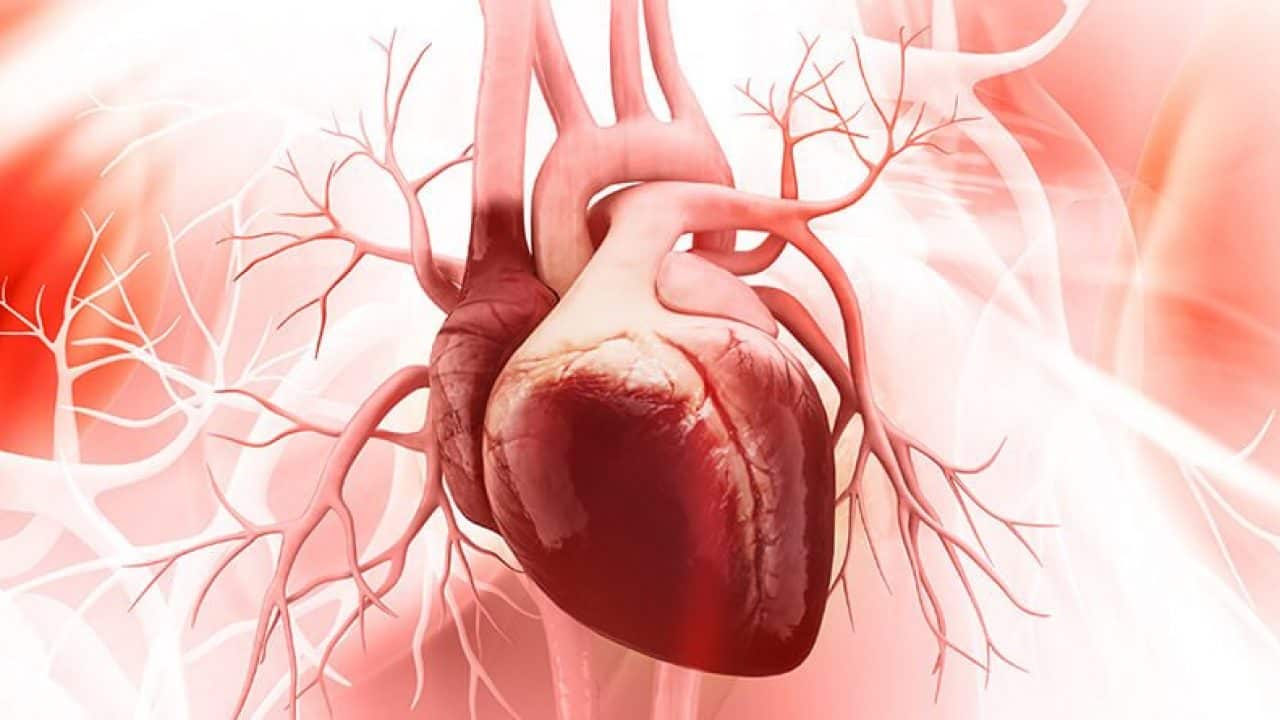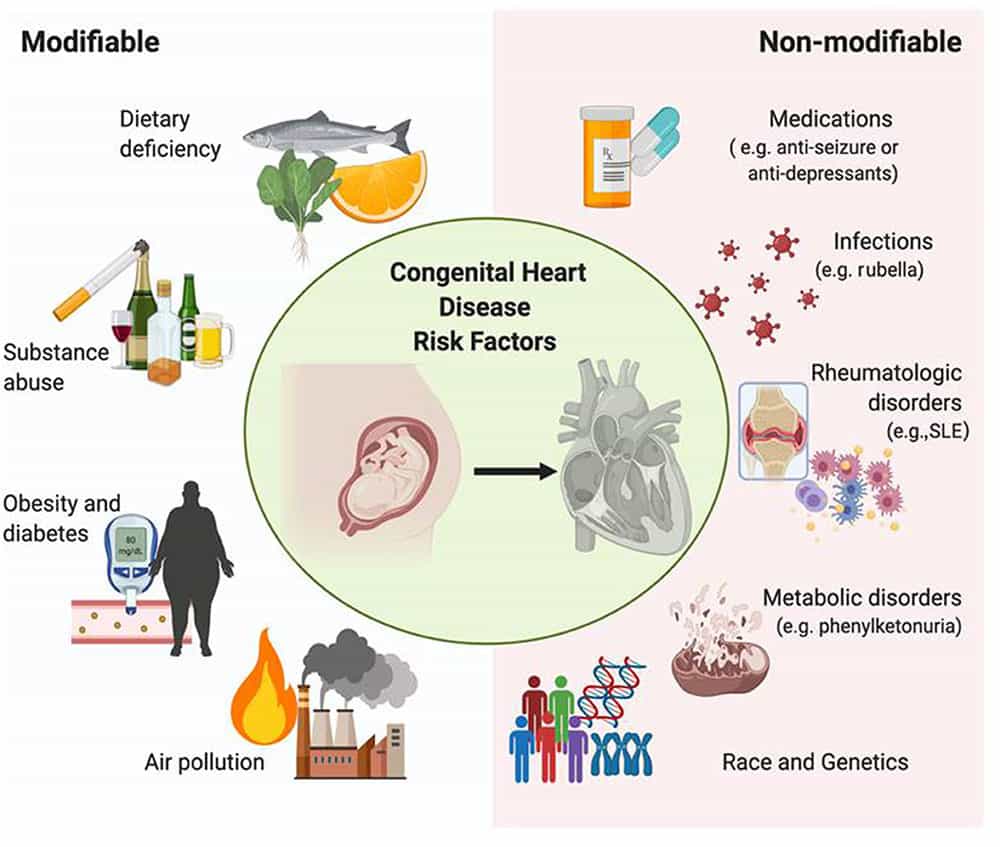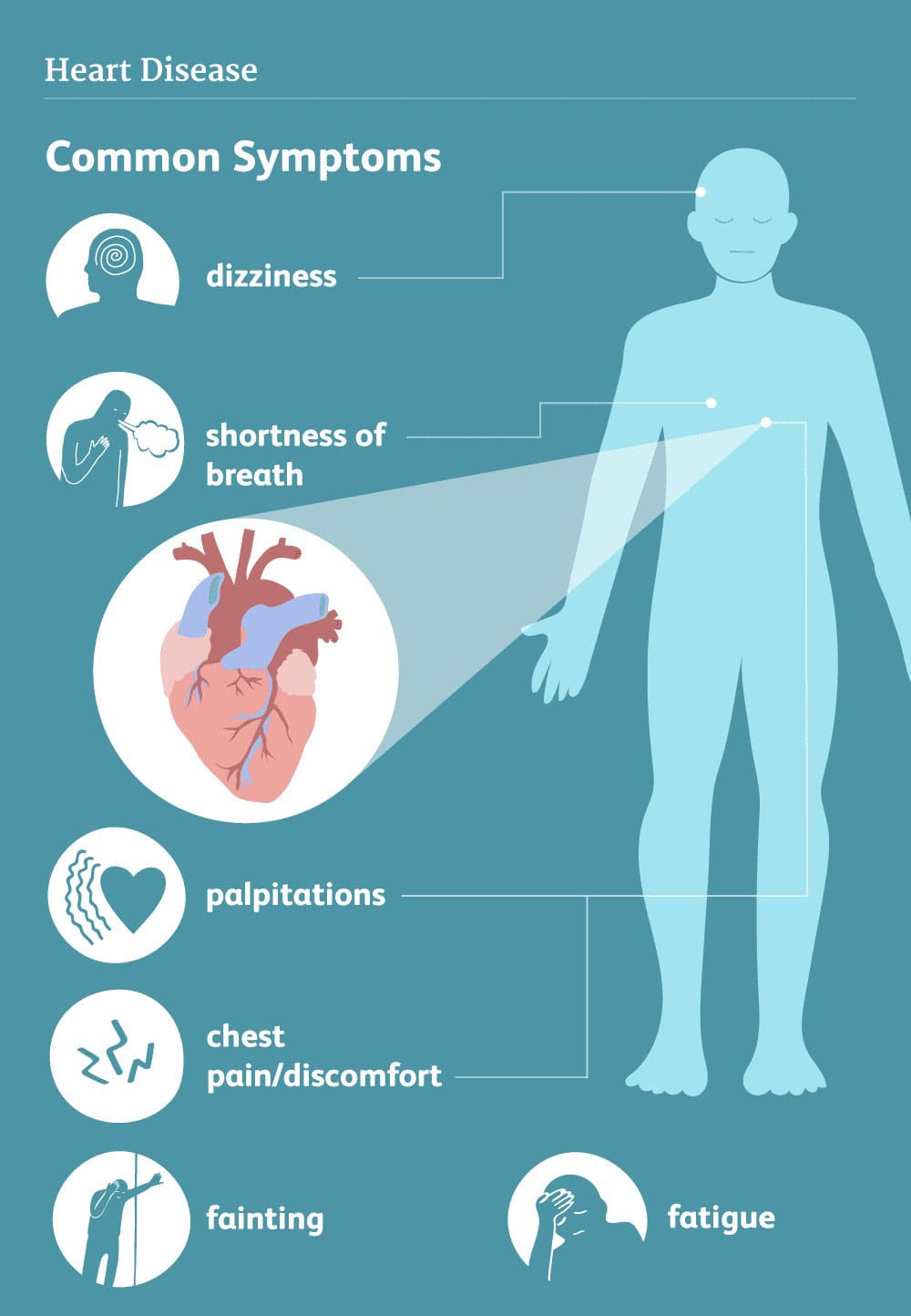ADULT CONGENITAL HEART DISEASE
Congenital heart disease is an umbrella term used for a range of birth defects affecting the normal way the heart works. The term “congenital” describes the condition that is present from birth.
Congenital heart disease is one of the most common types of birth defect. This might affect almost 1 in 100 babies born in the US.
Congenital heart disease is a problem with the structure of the heart that exists since birth. Congenital heart disease or congenital heart defect can cause alteration in the way blood flows through your heart. Some congenital heart defects are complex and might cause life-threatening complications. However, some might not cause any problems.
The defects in the heart by birth can affect the walls of the heart, the valves of the heart, and the arteries and veins near the heart. They can cause abnormality or disruption in the normal flow of blood through the heart. The blood flow can be slow, flowing in the wrong direction or wrong place, and/or blocked completely.
Several congenital heart defects cause few or even no signs and symptoms till the child gets older. These defects might not be even diagnosed until children grow older.

TYPES OF CONGENITAL HEART DISEASE
A congenital heart defect is of different types. Most defects affect the walls, valves, or blood vessels of your heart. Some conditions might be serious and need several surgeries as well as treatments.
Hole in the Heart or Septal Defect: With this condition, you’re born with a hole in the wall or septum. A septum separates the left and right sides of your heart, with the hole it lets blood from the two sides mix.
Atrial Septal Defect: This is caused due to hole in the wall between the upper chambers, or the right and left atria, of your heart. The hole lets the blood from the left atrium mix with blood in the right atrium.
Ventricular Septal Defect (VSD): A VSD is caused by a hole in the part of your septum that separates your heart’s lower chambers, or ventricles. In this congenital heart defect, the blood gets pumped back to your lungs instead of going to your body.
Complete Atrioventricular Canal Defect (CAVC): It is the most serious septal defect caused by a hole in your heart that affects all four chambers. This congenital defect prevents oxygen-rich blood from going to the right places in your body.
Stenosis: This is a defect in the valves that control the flow of blood through your heart’s ventricles and arteries. In this condition, the valves become narrow or stiff, and won’t open or allow blood to pass easily.
Regurgitation: The valves don’t close tightly in this condition, which lets your blood leak backward through them.
Atresia: This happens due to a defect in the formation of the valve or has no opening to let your blood pass through. This leads to more complicated heart problems.
Ebstein’s anomaly: This is a defect in the tricuspid valve, which may keep it from closing tightly. Babies suffering from Ebstein’s also often have an atrial septal defect (ASD).
Pulmonary valve stenosis: This is the most common valve defect affecting newborns. In severe cases, babies often have strained right ventricles. The pediatrician usually treats it with a catheter procedure that would inflate and stretch open the strained valve.
Tetralogy of Fallot: This defect is a combination of 4 defects, including:
- A large ventricular septal defect (VSD).
- The thickened wall around the right ventricle, or lower chamber.
- The aorta is located above the hole in the ventricular wall.
- A stiff pulmonary valve prevents blood from flowing easily from the heart to the lungs.
There are various other minor defects of congenital heart disease including, Patent ductus arteriosus (PDA), truncus arteriosus, transposition of the great arteries, d-transposition of the great arteries, and single ventricle defects.

CAUSE OF CONGENITAL HEART DISEASE
Mostly in the case of congenital heart disease, there is no obvious cause identified. But, some known factors might increase the risk of the condition, including:
- Down’s syndrome: This is a genetic disorder affecting a baby’s normal physical development and causes learning difficulties.
- Mother has certain infections, including rubella, during pregnancy.
- Mother on certain types of medication during pregnancy, including statins and some acne medicines.
- Mother indulges in smoking or drinking alcohol during pregnancy.
- Poorly controlled type 1 or 2 diabetes of mother during pregnancy.
- Exposure of the mother to toxic chemicals during pregnancy.
- Other chromosome defects lead to altered genes from normal or inherited (run in the family).
SYMPTOMS OF CONGENITAL HEART DISEASE
Some congenital heart defects show no signs or symptoms for the defect to be diagnosed early. For some people, the signs or symptoms may occur later in life. Even the symptoms can return years after the treatment for a heart defect.
Some of the common congenital heart disease symptoms in adults include:
- Abnormal heart rhythms are known as arrhythmias.
- A bluish tint to the skin, lips, and fingernails known as cyanosis.
- Shortness of breath.
- Tiring quickly upon exertion.
- Swelling of body tissue or organs is known as edema.
- Tiredness and rapid breathing when a baby is feeding.

In many cases, congenital heart disease in newborns is associated with a genetic factor or family history. The baby might also suffer from certain genetic syndromes along with congenital heart defects, including:
- Down syndrome
- Turner syndrome
- Marfan’s syndrome
- Noonan syndrome
DIAGNOSING CONGENITAL HEART DISEASE
Congenital heart disease is diagnosed by a murmur on a physical exam and several diagnostic tests:
- Echocardiogram
- Transesophageal echocardiogram
- Intravascular ultrasound (IVUS)
- Cardiac catheterization
- Chest x-ray
- Electrocardiogram (ECG or EKG)
- Magnetic resonance imaging (MRI)
- Positron emission tomography (PET) scan

TREATING CONGENITAL HEART DISEASE
The treatment of congenital heart disease would depend on the part of the heart that is affected. Mild defects, like holes in the heart, usually don’t need to be treated. They may improve on their own and may not cause any further problems in the future.
Surgery or invasive procedures are often required if the defect is significant and causing problems in daily life. Modern surgical techniques are equipped to restore most or all of the heart’s normal functioning.
People diagnosed with congenital heart disease may need treatment throughout their life. They would therefore require specialist review during childhood as well as adulthood. Usually, people with complex heart problems might develop additional problems with their heart rhythm or valves over time.
Most surgery and invasive procedures are not considered to be the cure to congenital heart disease. A person with a congenital heart defect may have issues while exercising and need to keep it limited. They need to take extra steps to protect themselves from catching any infections.
OUTLOOK
Many children with congenital heart defects are now living into adulthood. Many people diagnosed with congenital heart disease are leading independent life with little or no difficulty. But in severe cases, some people might develop a disability over time. Lifelong follow-up and extreme care are important. People diagnosed with congenital heart disease need routine checkups with a cardiologist (heart doctor) to stay as healthy as possible.
If you or anyone you know is suffering from heart problems, our expert providers at Specialty Care Clinics will take care of your health and help you recover.
Call us on (469) 545-9983 to book an appointment with our specialists.
